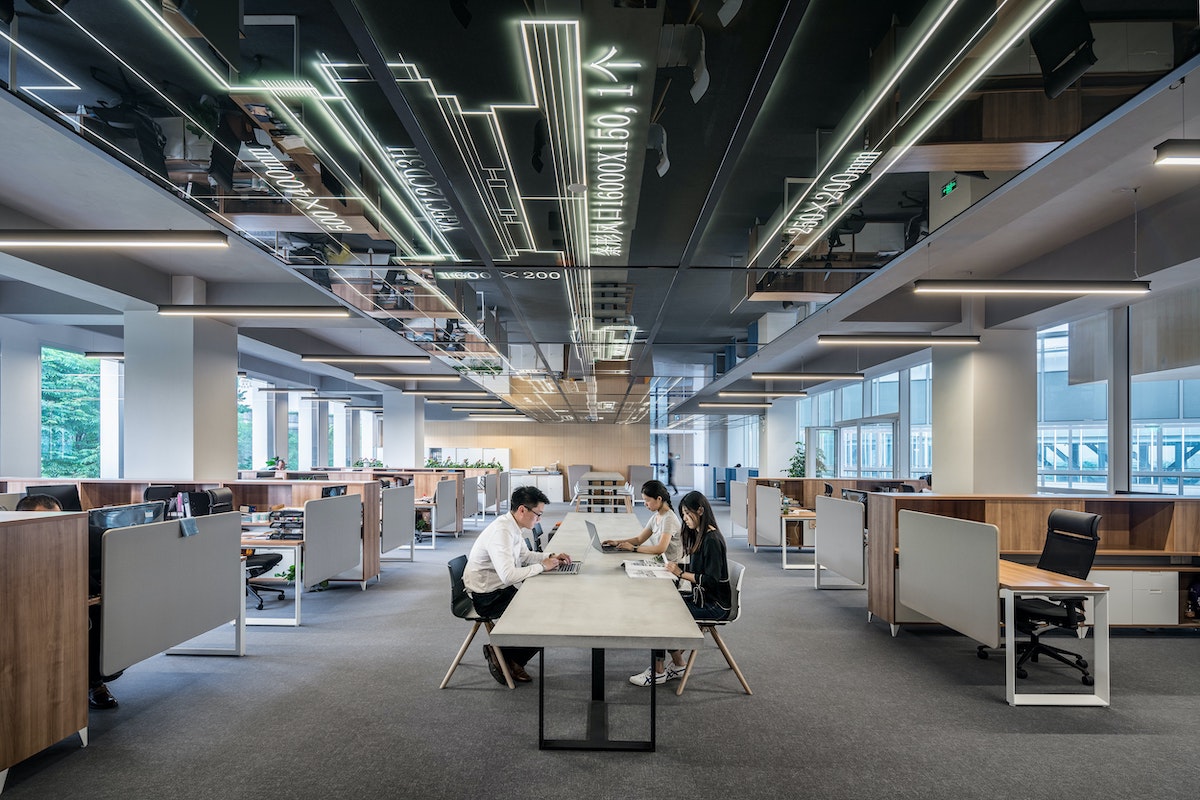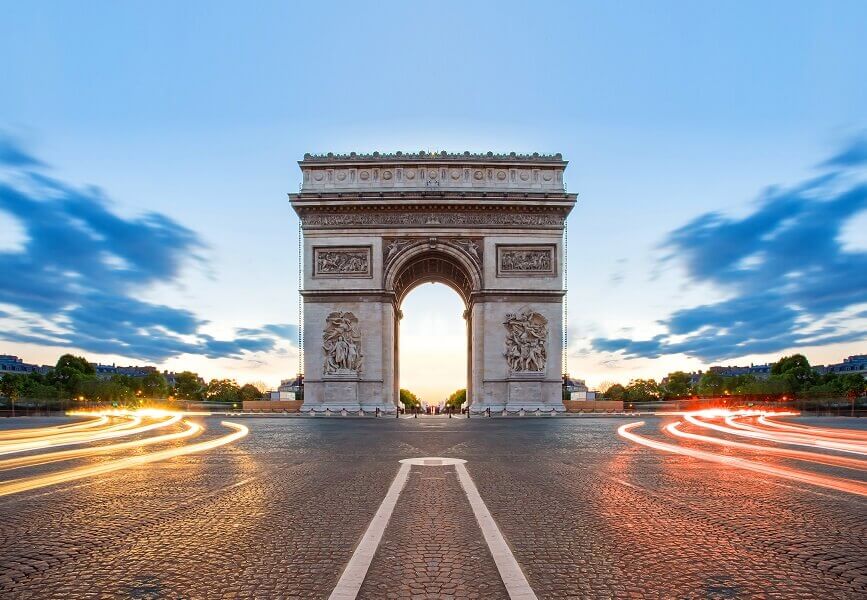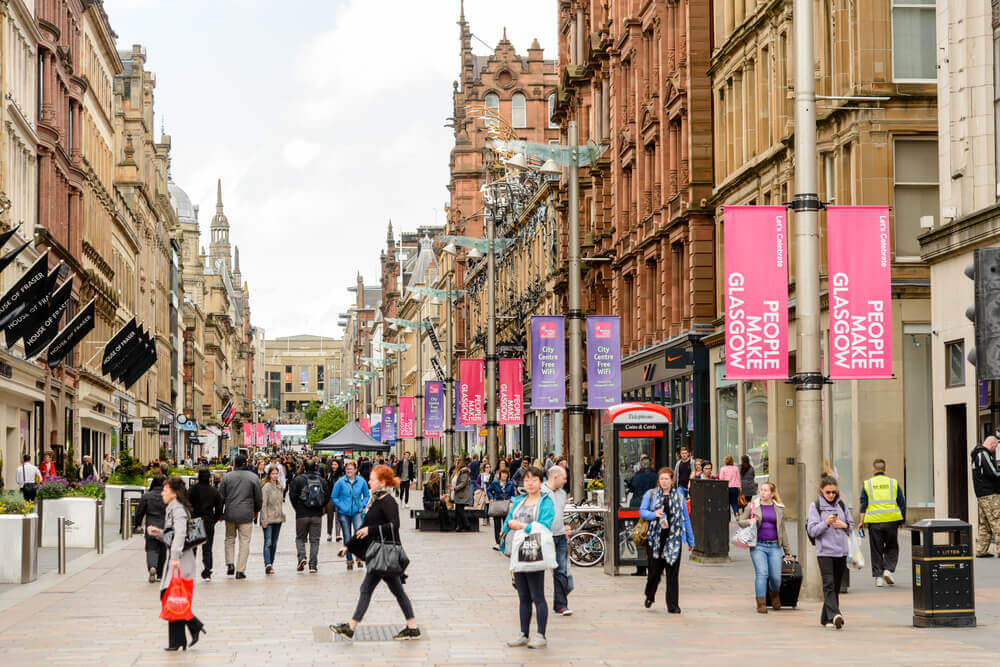
Smart buildings are gradually becoming the new normal. Recent stats estimate the size of the smart building market to reach a staggering $328.62 billion by 2029.
The benefits of smart buildings are countless, ranging from energy efficiency and cost savings to improved employee productivity and security. Many commercial organizations and residential real estate investors are flocking to this market to stay one step ahead of the competition.
Let’s have a look at six real-life examples of amazing smart buildings from around the world.
1. The Edge, Amsterdam
This revolutionary structure has been recognized as one of the world’s greenest and smartest buildings. Located in the Zuidas business district, The Edge was designed by PLP Architecture for Deloitte, its main tenant. It is a 40,000 sq.-meter, 15-story office building that opened in 2015 and has since been awarded numerous accolades for its sustainability and innovation.
The Edge features a number of smart building technologies. For example, it uses an app developed with Deloitte to control lighting, temperature, and other environmental factors throughout the building. Additionally, it utilizes sensors to monitor energy usage and optimize efficiency while also providing real-time feedback on how people are using the space. The Edge also features automated waste management systems that reduce waste production and help conserve resources.
2. Legion House, Sydney
Located in the heart of Sydney’s Central Business District (CBD), this five-story heritage-listed building has been operating as a women’s hostel for the last 60 years. The building boasts soaring ceilings, abundant natural light, and industrial features that give it a unique character.
With the support of global and local commercial security system installer companies, the turn-of-the-century Legion House has been converted into a fully sustainable smart building with energy-efficient features. It uses paper waste to generate energy, making it one of the most environmentally friendly buildings in Sydney.
3. The Bullitt Center, Seattle
Located at the intersection of Capitol Hill and the Central District neighbourhood, this six-story, 50,000-square-foot building aspires to be the world’s greenest commercial building. It has achieved net positive energy, net zero water, and net zero wastewater, making it an ideal example of a living building.
The Bullitt Center was designed to be a replicable model to drive change in the marketplace and demonstrate commercially viable sustainability. It features rooftop solar panels that generate more electricity than the building needs, with any excess sent back into the grid. The building also collects rainwater for use in toilets and other non-potable uses, such as irrigation.
4. Intel SSR, Bangalore
Intel SSR is a 620,000-square-foot greenfield smart building located in Bangalore, India. It was completed in November 2018 and is designed to utilize smart technology to drive efficiency and sustainability. The building is equipped with a variety of IoT-based smart features, including smart lights and real-time occupancy management. These features are designed to increase the efficiency of the building while reducing energy consumption.
Intel SSR also has innovative safety features such as facial recognition for access control and security surveillance systems provided by Megh VAS Smart Buildings Solution. This solution provides security and surveillance for various venues, including office buildings, retail establishments, multi-family dwellings, and more.
5. The Crystal, London
The Crystal is a stunning 38-story office building in London’s Royal Docks district. It offers modernly designed office spaces for businesses in the life sciences industry, such as pharmaceuticals and biotechnology firms.
The building itself has been designed to be both energy-efficient and eco-friendly, utilizing LED lighting that reduces power consumption without compromising on the amount of light needed for optimal workplace performance and comfort.
6. Burj Khalifa, Dubai
This office building in the Middle East is one of the tallest skyscrapers in the world. It is equipped with highly advanced systems, such as a centralized internal environment management system which controls the levels of fresh air intake and helps to optimize temperature.
The innovative waste heat recovery system installed within the building reduces water consumption by up to 40%. This technology makes this an incredibly efficient and smart office building, allowing businesses to operate with higher efficiency and lower costs.





















